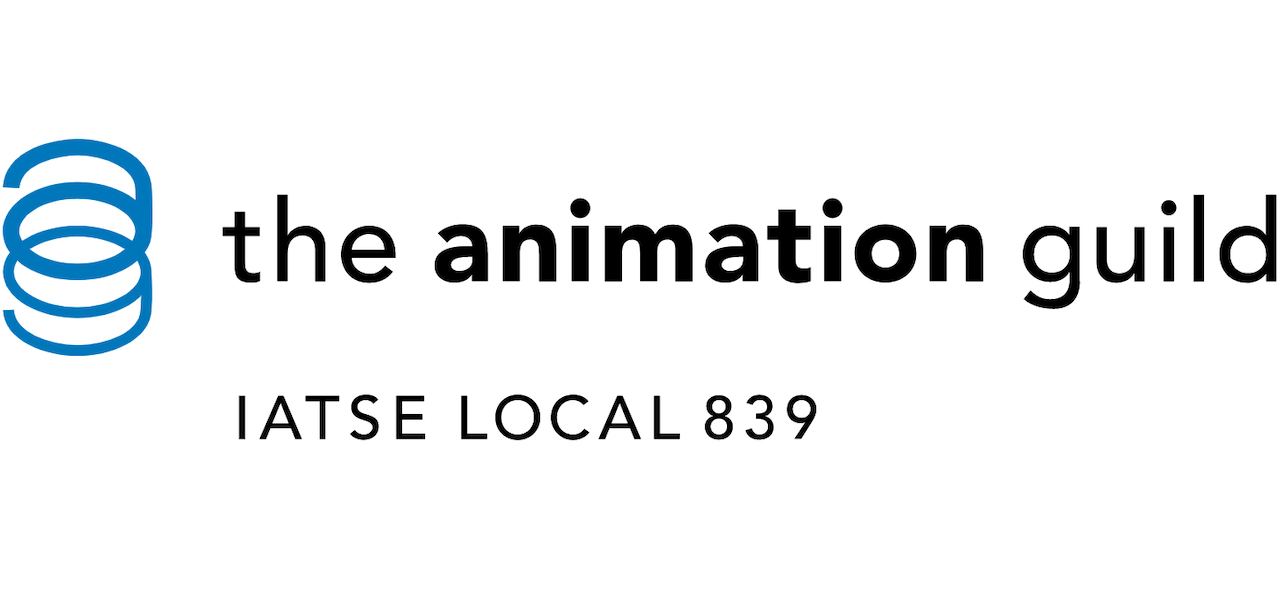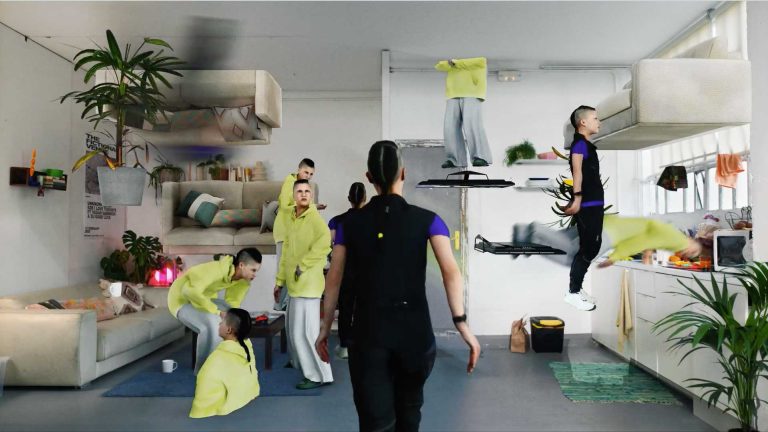
I do think the growing number of women in management and leadership positions being part of the conversation and making decisions is making it easier in general for women to have better representation and wellbeing in the workplace.
Some union studios have provided meaningful support through additional paid days off for self-care and family care, and stipends to offset childcare and home office costs. By offering flexible work schedules and access to resources such as parents’ support groups, virtual tutoring, and wellness apps, studios have shown that some solutions are within reach.
In the pandemic, TAG, whose own executive leadership team is more than half female, collaborated with Women in Animation to form the WIA+TAG initiative. The organizations supported working caregivers by sharing advice on social media and hosting a panel discussion. Kristin Donner, co-chair of TAG’s Family and Membership Committee, spoke to Cartoon Brew about the ways employers have also helped:
Meanwhile, data released by the U.S. Bureau of Labor Statistics shows that 2.5 million women have left the nation’s workforce since the start of the pandemic, compared with 1.8 million men. For women, the burdens of childcare and educational support have disproportionately exacerbated the job insecurity caused by Covid. Vice president Kamala Harris has described the situation as a “national emergency.”
I think the growing proportion of women in other artistic crafts and in animation education programs is the main impetus behind changes in the animation workplace, union or not. People like to hire and recommend their friends, and they make those bonds during their shared creative experiences such as collaboration on films and comics. When someone breaks into the industry, they can help bring along the people they’ve worked with, or who have been an inspiration to them.
Commenting on the steady rise in the proportion of women in the industry, TAG recording secretary Paula Spence told us:
The animation industry, which has remained relatively resilient throughout the pandemic, continues to defy the times. The number of women working in studios appears to be rising, even as women are leaving the wider workforce in droves.
In the long term, Donner sees a number of policies as key to the welfare of women in the industry. Her committee supports paid family and medical leave, accessible childcare, and mentorship programs for women as well as members of under-represented groups.
I see more and more women getting involved in union collaboration, too, and that ability to work on a team toward shared goals makes them even better candidates for positions at studios.






